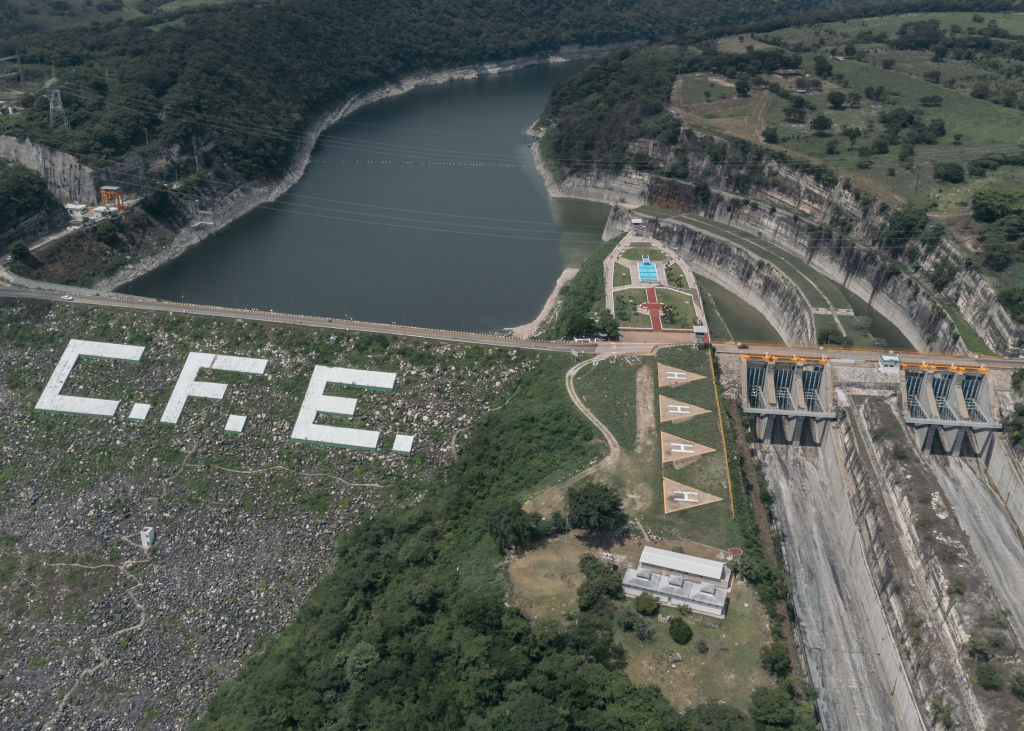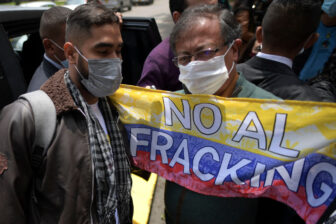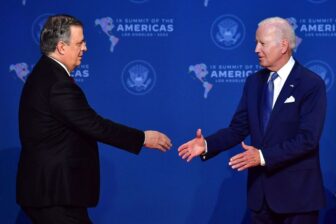Mexican President Andrés Manuel López Obrador is set on reestablishing the prominence of state-owned oil company, Pemex, and the state utility, Federal Electricity Commission, CFE. But as many companies are hoping to set up shop in closer and more strategic locations to supply U.S. and European markets, this means Mexico is missing out on the opportunities of nearshoring at the expense of the private sector and, ultimately, the consumer. And Mexico would also be limiting the creation and expansion of long-term quality jobs by constraining the development of new goods and services brought by those value chains.
Meanwhile, consultations regarding the formal complaints by the U.S. and Canada under the U.S.-Mexico-Canada Agreement (USMCA), alleging unfair treatment of their companies to the benefit of CFE and Pemex are set to begin by August 19. Mexico’s trade partners cited changes in the Electric Industry Law; as well as inaction, delays, denials, and revocations of U.S. companies’ permission to operate in the energy sector. The complaint also cites the practice of granting extensions on regulatory compliance only to Pemex; and forcing businesses to purchase goods from, or use infrastructure of, government-owned companies. AMLO’s first reaction was to insist that Mexico’s sovereignty can’t be compromised by a commercial treaty.
Despite all the attention AMLO has been dedicating to state owned enterprises (SOEs), their outlook looks bleak. Last month Pemex reported a positive result for the second quarter, thanks to higher oil prices and more exports, as production increased by only 1.1% in the first six months of the year, and the company’s cost of borrowing has doubled since September of 2021. Almost one-fourth of its debt is short-term denominated, meaning it has few resources to invest in developing its reserves and producing oil—casting doubt over whether Pemex will be able to sustain, let alone increase, its current production levels.
Moreover, in refining, the first semester of this year saw an annual increase in imports of gasoline (13.2%) and diesel (28.6%) which contributed to a negative trade balance of these products. If consumption goes back to pre-pandemic levels and prices remain high, in the second half of the year Mexico would need to import higher quantities of refined products. That would increase the pressure over Pemex’s financial position, while also growing the amount the country spends on subsidies, which would impact the fiscal balance and expand public deficit.
CFE, on the other hand, didn’t quite manage to break even in the second quarter, reporting a $2.3 million loss. And its fundamentals are weak: Income from the sale of energy ($10.3 billion) barely covers fuel and labor ($10 billion), leaving almost zero room to cover the rest of the cost structure (maintenance, depreciation, taxes, financial costs etc.). Not to mention investments to maintain the system, much less retrofit nor improve its assets. One-seventh of its total debt is short-term denominated, and it faces an uphill battle against an increase in the cost of fuels and interest rates.
Ironically, the government’s actions—intended to shield Pemex and CFE from competition—are having the opposite effect. AMLO’s policy is isolating both companies from other players and leaving them ill prepared to face the risks of volatility in the fuels market. Another impact comes from the increasing trend of higher interest rates globally, currency depreciation, disruptions in the supply of high-tech components needed by businesses based in Mexico and the overall global logistics crisis. Given the long-term nature and high capital intensity of the energy sector, the risks associated would be best dealt with by working together.
Fixing the dispute
To share risk and better take advantage of different capabilities and expertise, Mexico could invite private Mexican companies to join in partnerships with Pemex and CFE. The SOEs would contribute reserves and infrastructure, while private partners would add financial, technical, and operational capabilities. With ongoing disruptions in the global natural gas market caused by war in Ukraine, private players could help develop Mexico’s unconventional natural gas (UNG) reserves, the sixth largest in the world.
Consultations among the USMCA partners may continue as late as October, when the issue would be referred to a panel of experts suggested by each of the parties. Observers expect their findings to favor the U.S. and Canada and the resolution could result in restoring the pre-existing legal framework in energy policy. If trade consultation can resolve issues between the U.S., Canada and Mexico, opportunities for regional collaboration on natural gas could also open up. Mexico could invite Canada and the U.S., who respectively boast the fifth- and fourth-largest UNG reserves, to launch a North American Energy Security Initiative and open new investment rounds for companies from all three countries.
Such ventures could increase revenues, job creation and turn the friction with regional partners into an opportunity for geopolitical leadership, regional growth, and energy security. If the AMLO administration requests the participation of the SOEs to pool resources and share risks, some of the upside will benefit CFE and Pemex.
Yet, a public-private partnership model runs against the current ideology.
—
Beltran is a distinguished visiting fellow at Columbia University’s Center on Global Energy Policy







